The local food and drink landscape has had a productive year, taking the time to recalibrate, get back on its feet and return to a sense of normalcy. We’ve seen venues zero in on the components that make up an eating and drinking experience patrons want to come back to — and that covers everything from the design of a space to the service and the branded ice cube a drink is served with.
Consideration is key moving into 2023, and we’re tipping a back-to-basics approach to remain front of mind alongside the establishment of working environments that empower staff to succeed in the sector. The number of hospitality hubs doing it all — bar, restaurant and shop front rolled into one — will also continue to grow as guests look to spend more time (and money) in-venue. Here, the top 10 trends to take note of.
Kitchen gardens
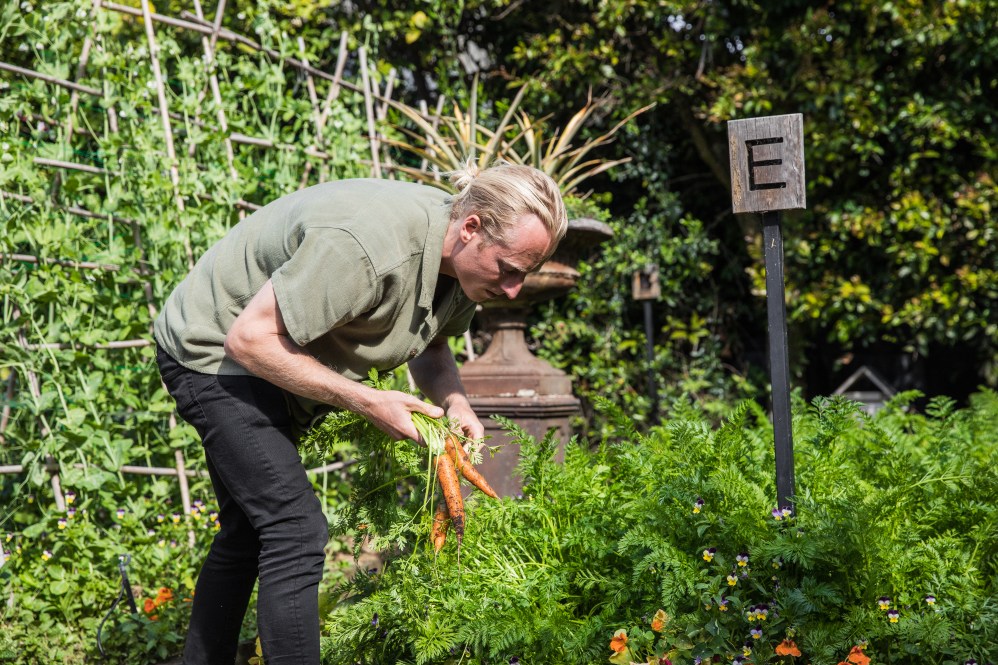
The notion of paddock-to-plate is the lifeblood of a restaurant — as they say, a dish is only as good as the ingredients used to make it. Australia is fortunate to have some of the best producers in the world who dedicate their lives to providing high-quality fruit, veg, grains, meat and everything in between. But there’s something to be said for doing it yourself.
Select venues are taking on the challenge of becoming as close to self-sufficient as possible (just take a look at Brae, Margan and O.My) via their own farms and kitchen gardens. The spaces allow back- and front-of-house staff to get out of a venue and experience the cycle of planting a seed and watching it grow into an ingredient. Inspiration is oft found in nature, and there’s plenty of it when there’s an opportunity to be part of the process.
While kitchen gardens aren’t feasible for most venues, especially city-dwellers — unless we’re talking Chiswick in Sydney’s Woollahra, which grew an impressive 340kg of cherry tomatoes last summer — there’s always the option to start small with planters or garden pods that are designed to grow herbs, edible flowers and chillis.
Alternatively, operators can look at collaborating directly with farmers to grow bespoke ingredients. Take the recent joint venture between Stix and Fink — the Sydney-based hospitality group has been working with the Hawkesbury farm to stock its restaurants with produce as well as redivert organic waste from its kitchens to the farm to ensure a more sustainable operation.
Bespoke serving ware
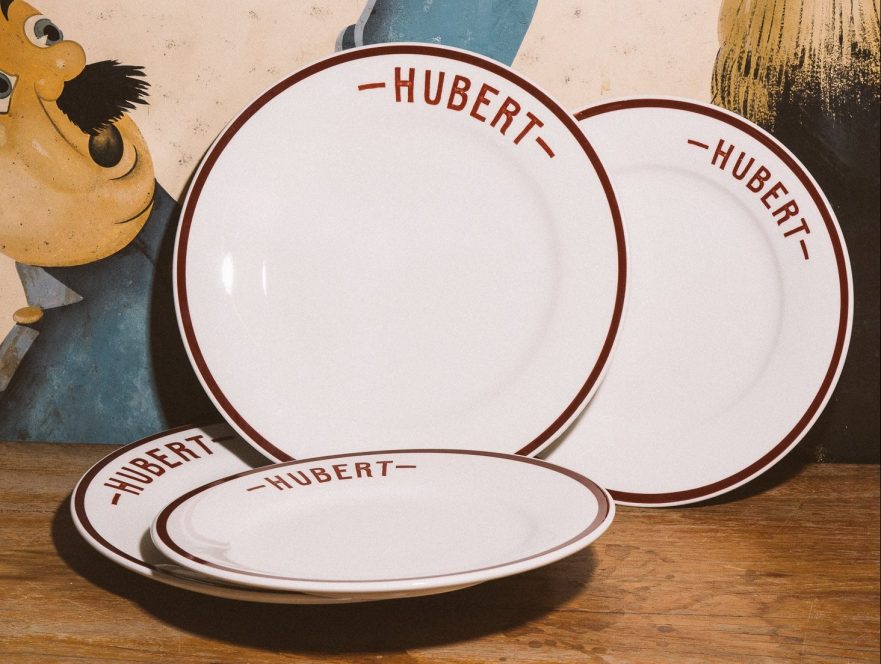
Restaurants have long been all-encompassing experiences, with interior design meshing with service, food, drink and of course, what you use to consume it. Custom eating ware covers everything from glasses and plates to serving dishes, cutlery and napkin holders. While it’s easy to stock products from a range of suppliers, sometimes a run-of-the-mill bowl just won’t work for a dish or perhaps a spoon needs to be a little larger to facilitate the eating experience.
This is where ceramicists and makers come into the picture. Ceramic Studio En makes handcrafted Japanese pottery for restaurants and cafés such as Artificer. The specialty coffee-only bar and roastery in Surry Hills, Sydney, offers milk-based options as well as batch brew and filter — all of which are served in mugs and cups that are also sold at the café.
Branding goes far beyond a sign and a menu, with many venues getting the word out in alternate ways — such as on plates. Hubert’s iconic white and red plates have been synonymous with the French fine diner since it opened, with countless images posted on social media indicating exactly where a diner is eating without needing a tag.
The restaurant has recently started selling the plates on their website for the first time, branching out into the retail market with dinner and dessert plate sets. The 205mm and 235mm round plates are printed in Australia and have been hand-drawn by Allie Webb, making them not only an aesthetic choice, but a very clever marketing tool.
Staff appreciation
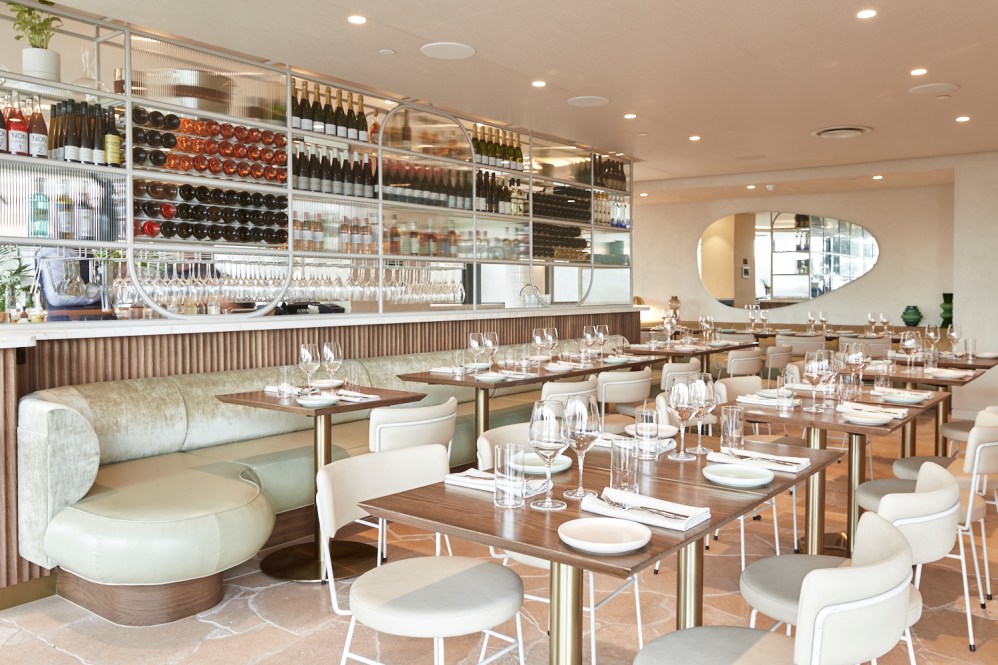
Finding and retaining staff has been an ever-present struggle for the hospitality industry — and the past two years has made it much more difficult with the lack of workers arriving in the country. Visa hold-ups are likely to continue, and the sheer number of vacancies means it’s a job hunter’s market, so operators need to offer staff more than just steady employment.
Some people thrive on late nights, but it’s important for venues to offer flexibility to staff when it comes to shifts. House Made Hospitality is an example of an employer that provides options; staff can work across the company’s prep kitchens during a standard workday if they have other commitments and can’t work nights at their venues.
However, it’s not a plausible option for all; especially concepts that only open for dinner. Instead, think about what you can offer staff to ensure they stick around — a work environment that fosters people to grow in the business is the first step. Verbally acknowledging a staff member for their achievements and letting them know when they’ve had a good service can also go a long way. Gifting them with a meal at a venue of their choice or a bottle of wine from the cellar is an incentive for people to do their best.
A sit-down family meal is essential, and goes beyond sustenance, allowing staff to express their individual style of cooking and share it with team members. It’s also a good chance for staff to develop rapport with co-workers and the management team, too.
Getting out of the kitchen is also worthwhile. Think about taking a trip to visit a supplier or find a food expert who can share their knowledge on particular ingredients or techniques. Elijah Holland from LOTI in Melbourne takes his team foraging and diving for produce that is used in the restaurant, with the excursions becoming a big part of the appeal of working at LOTI.
Inclusive drinks
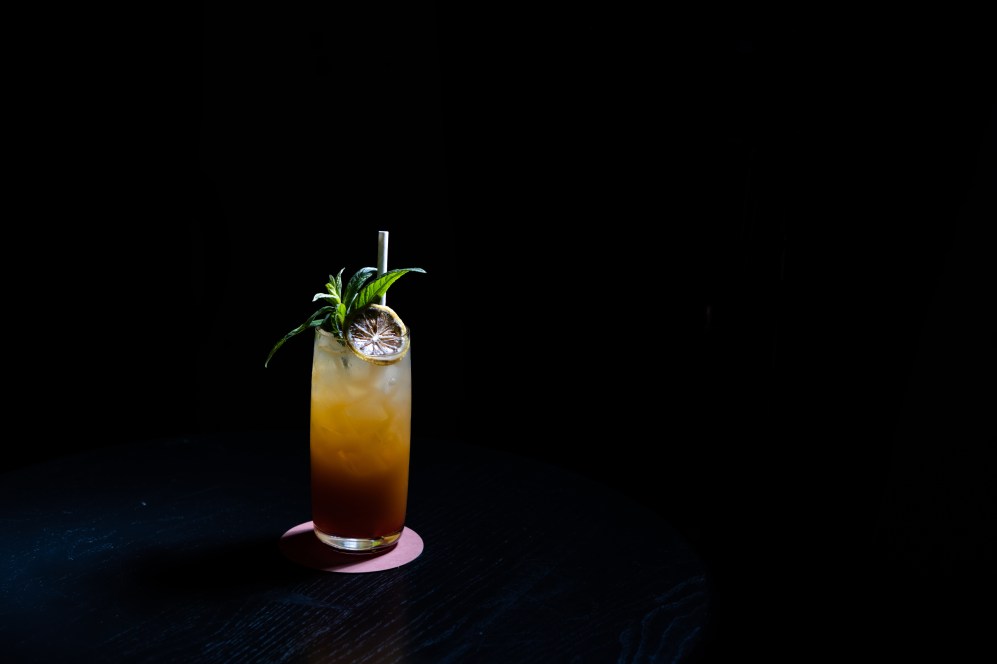
The zero- and low-alc movement shows no signs of slowing down, and it’s been a long time coming for a market that has been saturated with lackluster mocktails. Thankfully, distillers and bartenders have caught up fast with the launch of products that imitate classic spirits, wines and beers that can be used and consumed in identical applications to their alcoholic counterparts.
Products such as zero-alc vodka, gin, whisky and orange liqueurs make it much easier for bartenders to add inclusive menu options that cover all the classics such as a Negroni, Italian spritz or a gin and tonic. There’s also the opportunity for bartenders to push their creative boundaries by creating drinks that hero non-alcoholic components without using liquor replacements. Bartenders can make house syrups and shrubs the focus of booze-free drinks and incorporate other products such as kombucha, sparkling water or tea to create holistic flavour profiles for guests.
Ovolo Group has honed in on its non-alc offering, with Beverage Director Andrea Gualdi (ex-Maybe Sammy) spearheading the initiative. “It’s really important for us to have non-alcoholic options because it is not just a temporary trend,” he says. “It’s really becoming its own category.”
Filling out the non-alc section of a drinks menu with soft drink, juice and water is no longer an option, and it’s essential to pay as much attention to the offering as the standard list. Much like dietary requirements, catering for all customers will make sure everyone has a positive experience at a venue.
Brand collaborations
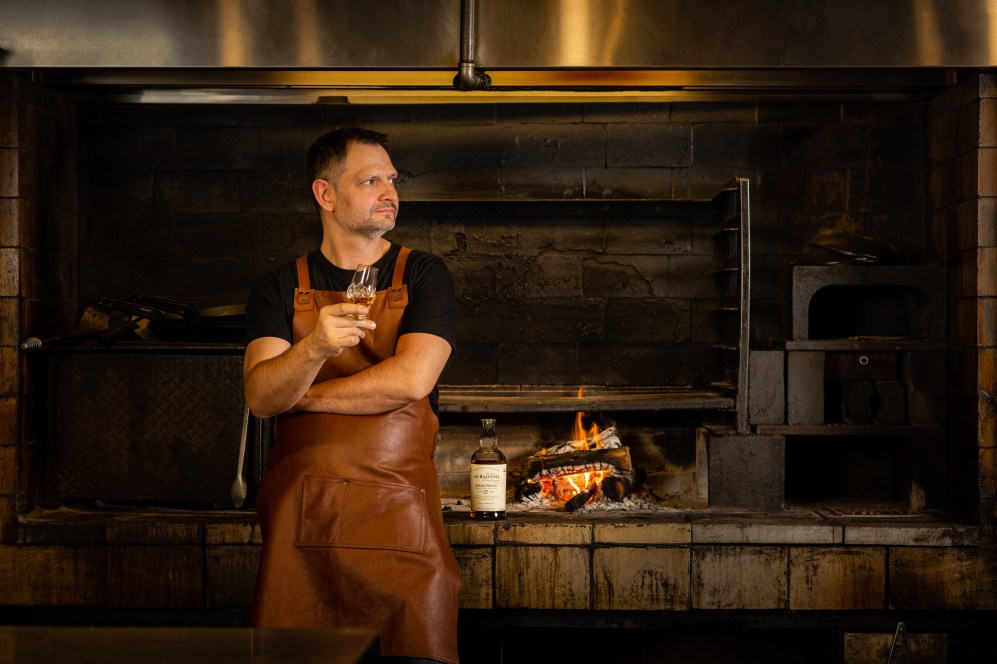
Chefs are inherently creative people, and external opportunities can provide a welcome challenge for creatives to do something a little different. Josh Niland recently teamed up with Talisker to headline a pop-up restaurant in North Head, Sydney, that was a first-of-its-kind collaboration. Niland says the difficulty of pairing whisky with fish was the initial appeal of the partnership, which saw the chef create three dishes with a whisky pairing.
Firedoor Chef Lennox Hastie has also recently worked with a liquor brand, creating a five-course menu inspired by The Balvenie’s Single Malt collection, which included two never-before-tasted samples from the Scottish distillery. “This is the first time I have chosen to collaborate with a brand in this way,” says Hastie. “Our shared values of dedication, commitment and obsession in achieving ultimate craftsmanship is what enticed me…” The project finally came to life last month after two years of planning.
Of course, partnerships are not limited to chefs, with bartenders also getting in on the action. Dean & Nancy’s on 22 in Sydney’s CBD set an Australian record with Woodford Reserve during Old Fashioned Week with the Gold Fashioned — the country’s most expensive cocktail. The $15,000 creation was made from XO Cognac finished Baccarat Edition, gold-infused Chateau d’Yquem reduction and handmade saffron and vanilla bitters. It was served with an engraved ice cube in a hand-cut French crystal Baccarat tumbler. Seriously luxe.
Multifaceted venues
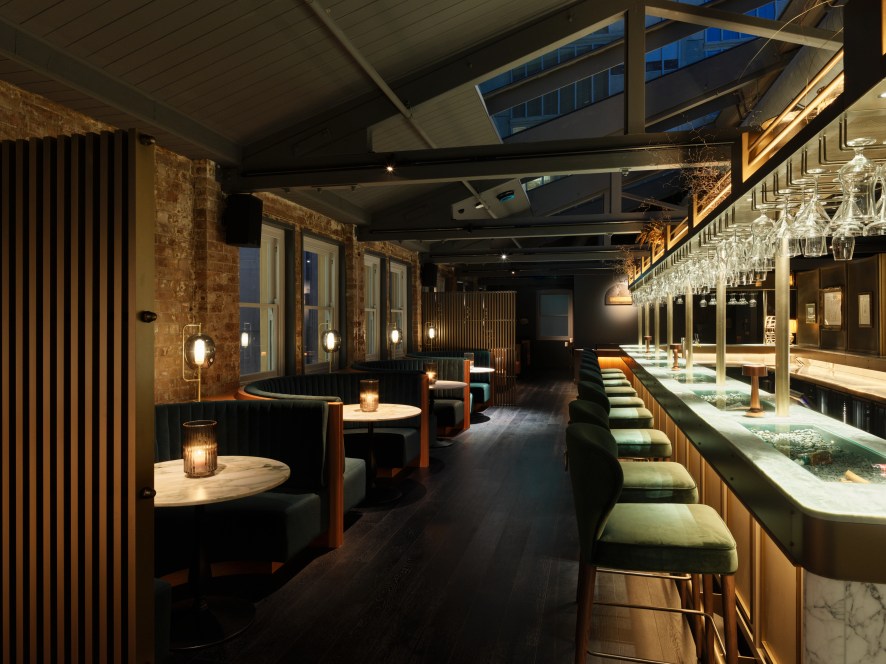
Multi-concept venues have been taking the hospitality scene by storm in recent years, with larger operators providing three or more drinking and dining experiences at one location. Whether it is a casual bar, fine-dining restaurant or accommodation offering, guests can have it all and navigate their way through different spaces during one outing.
MGallery’s Porter House Hotel’s accommodation and hospitality offerings are split between two buildings on Castlereagh Street in Sydney. The hospitality venue features five levels of food and beverage experiences including Henry’s Bread and Wine delicatessen, restaurant Dixson & Sons and a newly opened cocktail bar called Spice Trader.
The individual concepts have their own identities, but complement each other and the neighbouring hotel. “The intention was always for the hotel to be a sophisticated supporting act to the three dining and drinking destinations of Porter House,” says Erin Proud, director of guest experiences.
Having more than one concept in-house also allows operators to target both dine-in and takeaway customers. Loulou in Sydney’s Lavender Bay, founded by Etymon Projects, encompasses a bistro, boulangerie and a traiteur. Patrons can stop by the boulangerie to purchase pastries, the traiteur for charcuterie meats and ready-made meals and the restaurant for a long lunch or dinner.
Wood-fired cooking
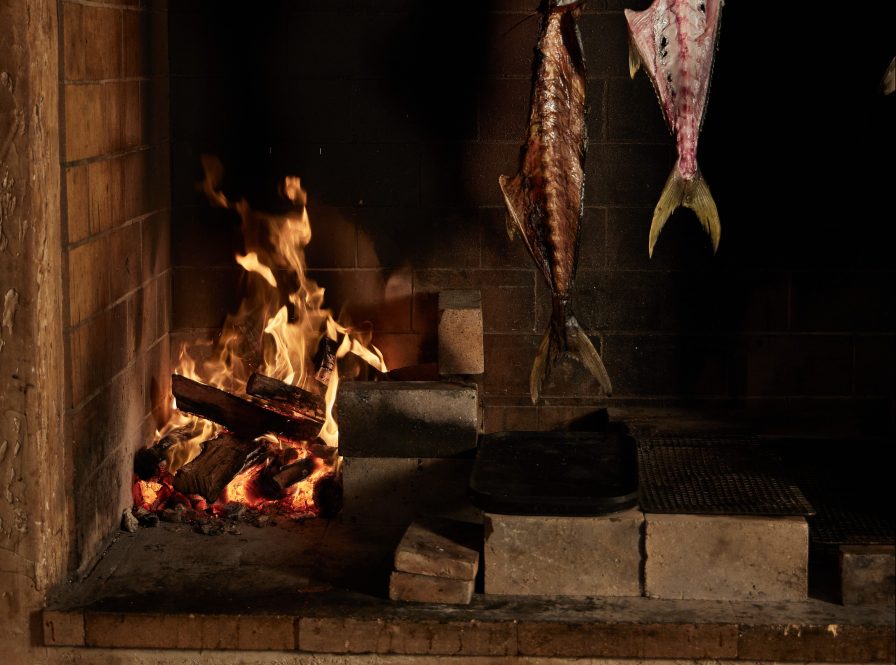
For a time, cooking with fire was mainly reserved for pizza eateries, but chefs have fast been turning up the heat when it comes to the age-old technique. Kitchen teams have discovered a newfound love for open-flame cooking in recent years along with charcoal grills and fiery hearths.
Fire-centric cookery is an ode to ancient cooking practices and is a game of skill for chefs. Arkhé is one of the latest venues to centre its ethos around cooking with fire, with Chef and Owner Jake Kellie learning from one of the best: Burnt Ends’ Dave Pynt. Kellie cooks everything from leeks to coral trout over flames, with the fine diner sourcing the best produce from across South Australia.
Cooking over fire is not limited to one type of cuisine and is prevalent across South-East Asian, Japanese, Italian and South American eateries. Brisbane modern Thai fine diner Same Same incorporates wood-fired and charcoal-grilled dishes across its menu, with Ester in Sydney’s Chippendale and Igni in Geelong two of the original fire-centric venues.
Field trips
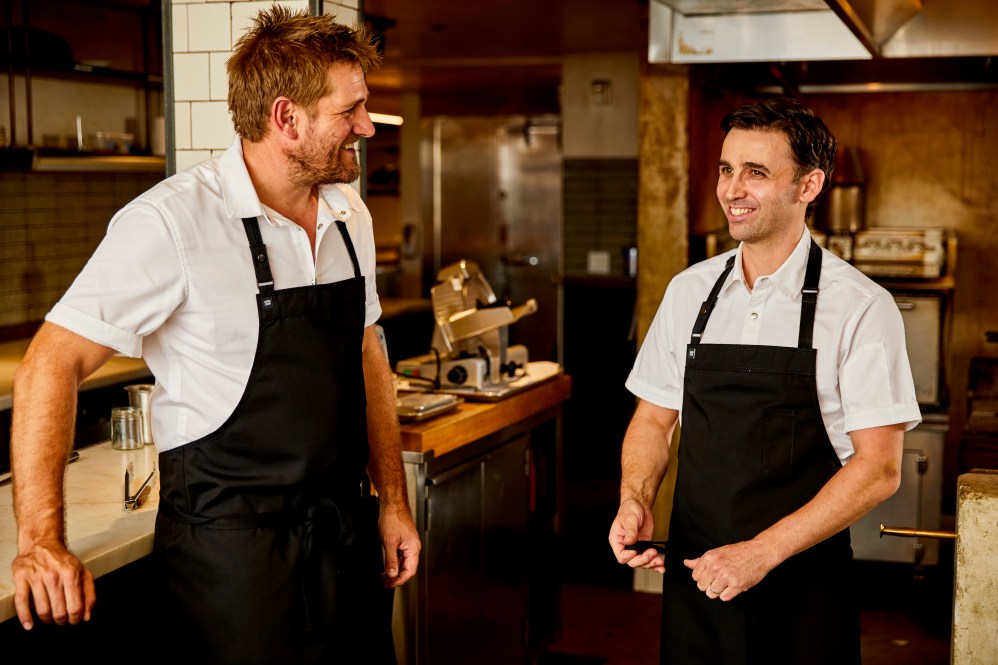
Provenance, locality and seasonality have long been key pillars in the culinary industry. Chefs and restaurateurs understand the value in knowing where produce comes from and sharing the knowledge with customers. Field trips provide an opportunity for a team to go straight to the source to learn about a particular region, climate or ingredient and mostly importantly, meet the producers.
Staff trips can generate enthusiasm and inspiration while bridging the gap between the farm and the table. The educational experiences have proven to strengthen team bonds and boost morale among staff. When internationally renowned Chef Curtis Stone opened Beverly Hills fine diner Maude, he took his team on trips across North and South America to discover different ingredients. The outings provided inspiration for the restaurant’s monthly menu, which highlights seasonal ingredients from California.
Team trips don’t always need to revolve around food, with visits to local distilleries, wineries and breweries providing a wealth of information to sommeliers, front-of-house and bar staff who can expand their food and drink knowledge.
Community-based initiatives
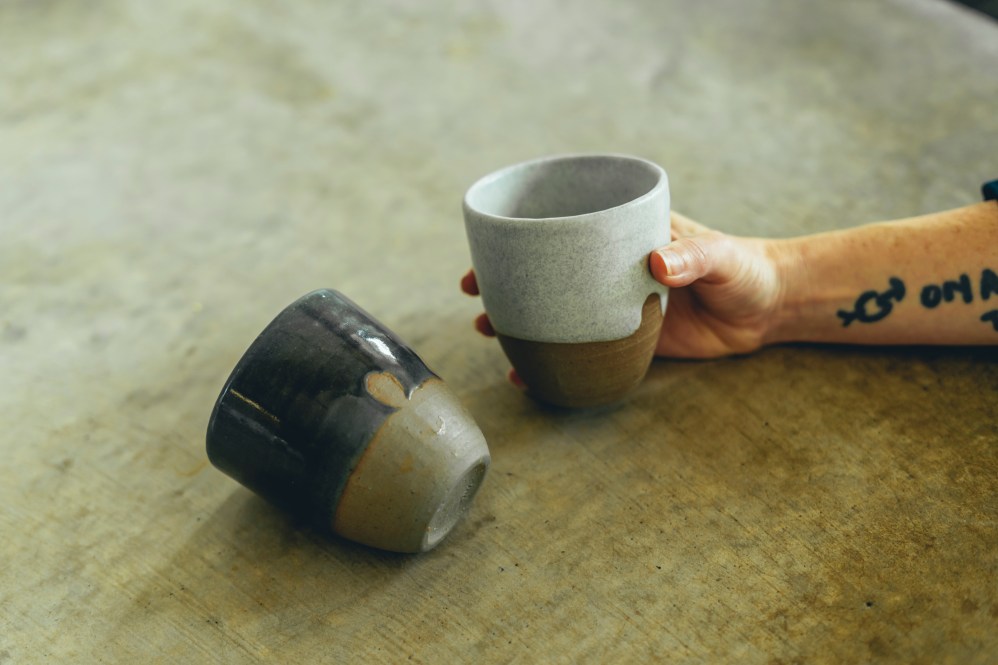
Building strong ties with the local community has always been important for hospitality venues, especially during the past two years. Now the industry is back in the swing of things, businesses are launching more community-based initiatives and activations to give back. From working with a reputable charity to showcasing local artists and musicians, more venues are looking to connect with the people who support them.
As part of its efforts to become carbon neutral, Sydney-based specialty coffee roasters Single O recently introduced a sustainability initiative called Gettin’ Loopy. The brand worked with local artists and businesses to create a series of consciously made products and merchandise including cups by Malcolm Greenwood Ceramics, upcycled tote bags from BagMeOut’s Gabi McInerheney and shirts with graphics by Artist Paul McNeil. While the project fosters collaboration, it also aims to promote social and environmental change, which represents the company’s overall ethos.
Hosting regular events and activations are a good way to target a broader customer base and can encompass everything from pop-ups and weekend sessions to live music. Baba’s Place in Sydney’s Marrickville hosts regular late-night sessions from 9:30pm until midnight, which sees a rotating line up of DJs and musicians play at the restaurant. Supporting creatives outside food and beverage can convey what a venue really stands for beyond its hospitality offering, with customers looking to have a good time while backing a good cause in the process.
Tech
Utilising technology is a must when it comes to streamlining operations in a hospitality environment. Rostering, navigating the ins and outs of bookkeeping and payroll can be a hassle for even the most efficient operators, but is made much easier by utilising apps and tech platforms that minimise stress.
In an industry with a large casual workforce and underpayment issues, it’s important to use tech to keep track of shifts to ensure staff are being paid in line with the relevant award. All-in-one platforms can also be used to train new recruits and get staff up to speed on everything from workplace health and safety protocols and venue news to responsible alcohol service practices and resources for mental health.
A smooth-running POS system is a crucial asset for any business, which is why integrated software is a must for processing customer transactions and payments as well as inventory management. The systems are continuously advancing, with many providing real-time data and reports that allow operators to remain agile in an ever-changing environment.
Streamlined systems are also useful in the kitchen, with most chefs preferring paperless platforms that can process both dine-in and takeaway orders. The platforms can also be integrated with delivery partners, ensuring any issues can be quickly rectified without impacting dine-in service.
Manual processes and outdated tech pose a risk to the viability of a venue, so it’s well worth investing in technology to ensure your business is in the best position it can be moving forward.
Sponsored Content

Discover Dairy Farmers’ range of shredded cheese
Sponsored by Bega

Beachfront Melbourne Club catering & restaurant opportunity
Sponsored by Future Food
Trending Now
Resources
Lorem ipsum dolor sit amet, consectetur adipiscing elit. Fusce ac ornare lectus. Sed bibendum lobortis...
Lorem ipsum dolor sit amet, consectetur adipiscing elit. Fusce ac ornare lectus. Sed bibendum lobortis...
Sign up for our newsletter
